Going into the Pokémon Scarlet and Violet Vancouver Regionals this past weekend, players expected to see a lot of the strongest Paradox Pokémon—Flutter Mane, Iron Hands, Iron Bundle, and Great Tusk. Non-Paradox Pokémon like Dragonite, Amoonguss, Arcanine, and Palafin were also among the top 12 most used in the entire event.
But when it came down to the most successful teams on day two, there were different trends than we were used to seeing. Palafin, who had been the hero of the past several major tournaments, was nowhere to be seen on the top-eight teams. Instead, there was one Pokémon that hadn’t had a huge presence in the meta up until this point. Glimmora made its way into the top eight on two different teams despite how uncommon it was in the meta as a whole.
Glimmora’s biggest perk is its signature Ability, Toxic Debris, which sets up a layer of Toxic Spikes whenever it gets hit by a physical move. With physical attackers like Iron Hands, Great Tusk, and Arcanine everywhere you look, Glimmora’s Ability makes it easy to get the toxic hazard up on the other side of the field without wasting a turn on it. From there, any opposing Pokémon that switches in will be poisoned and slowly drained of its HP.
This is interesting considering hazards like Toxic Spikes and Stealth Rocks are almost unheard of in Scarlet and Violet VGC. But it’s actually quite convenient in Glimmora’s case since the Toxic Spikes are automatically set up for it after taking a physical hit. It then has the opportunity to get some big damage off with its surprisingly high Special Attack stat. Between its Toxic Spikes and high Special Attack, Glimmora can be a true menace to deal with on the battlefield.
With just the Charlotte Regionals left before the format switches over to Series 3 (or “Regulation C”), there’s no telling if there will still be a place for Glimmora or hazards as the meta shifts to include the Treasures of Ruin. But for now, Glimmora can at least say it made its presence known in the realms of VGC.


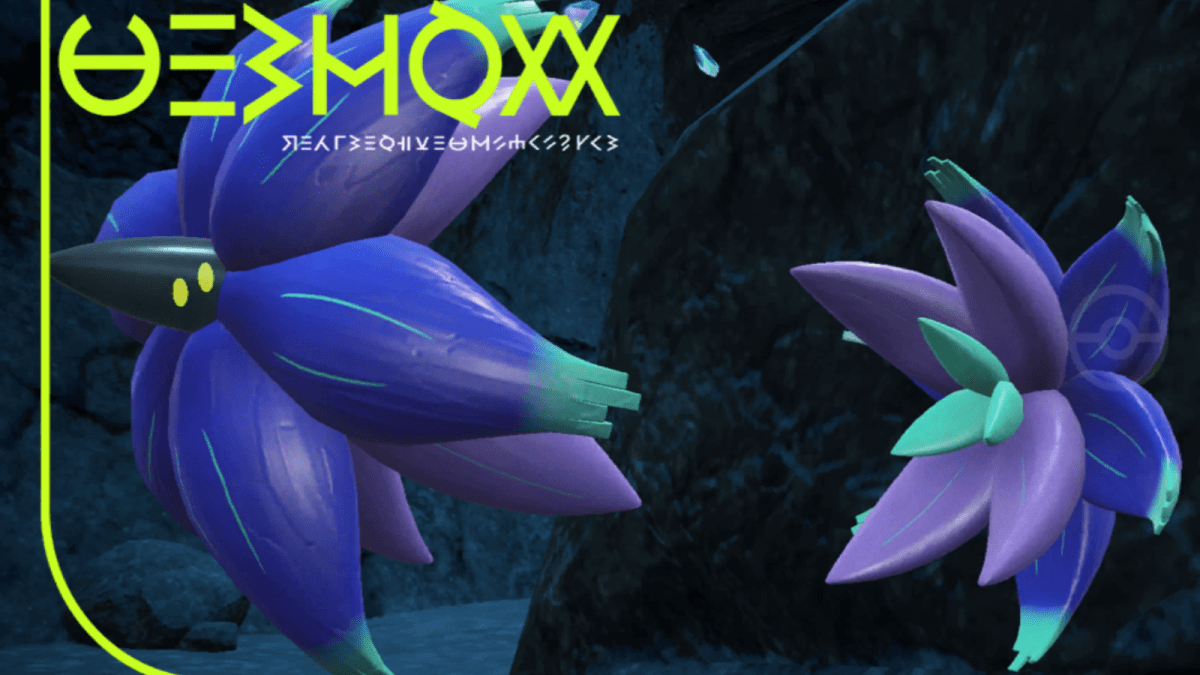
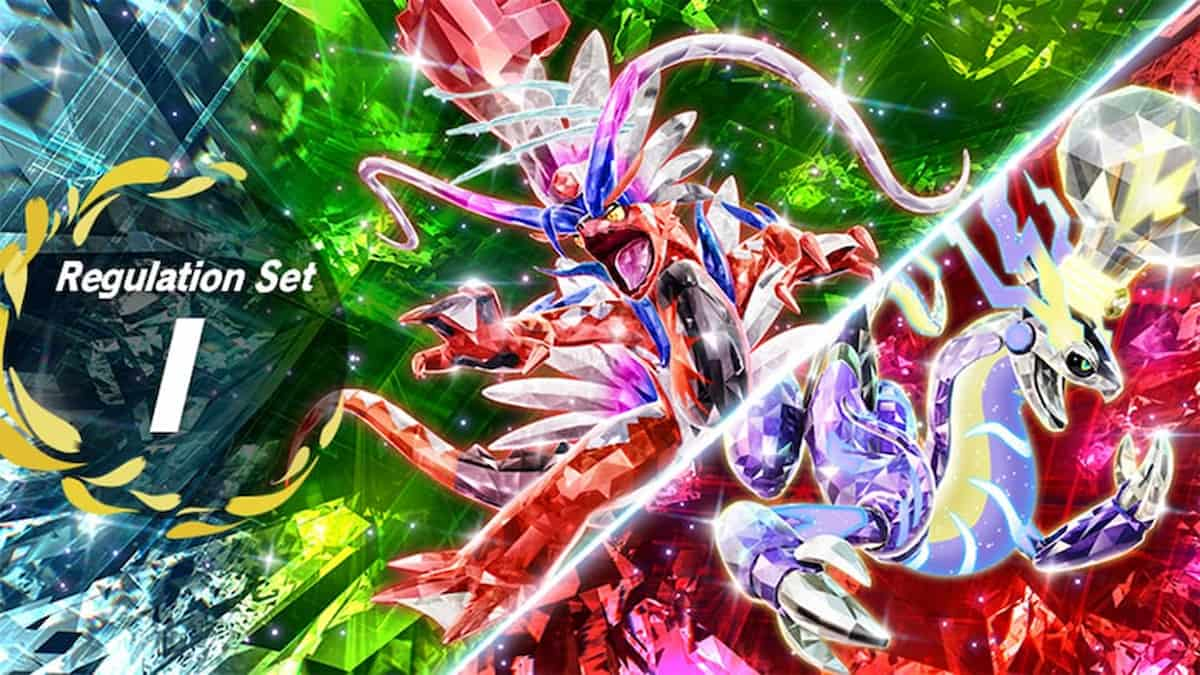

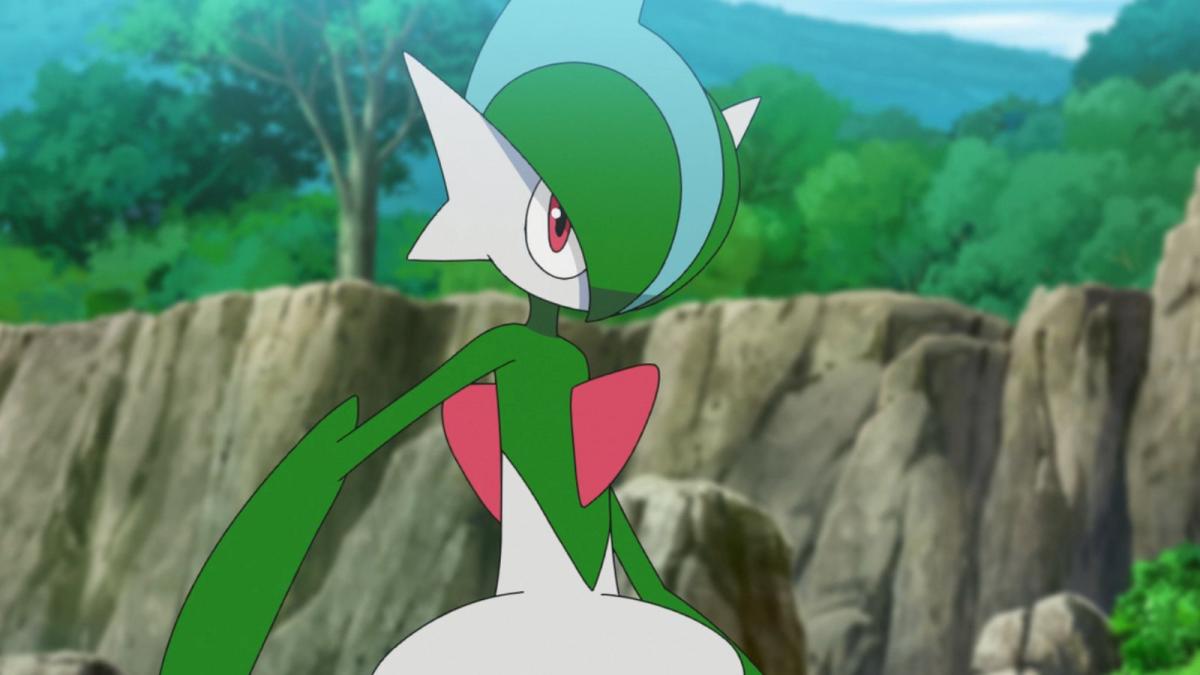

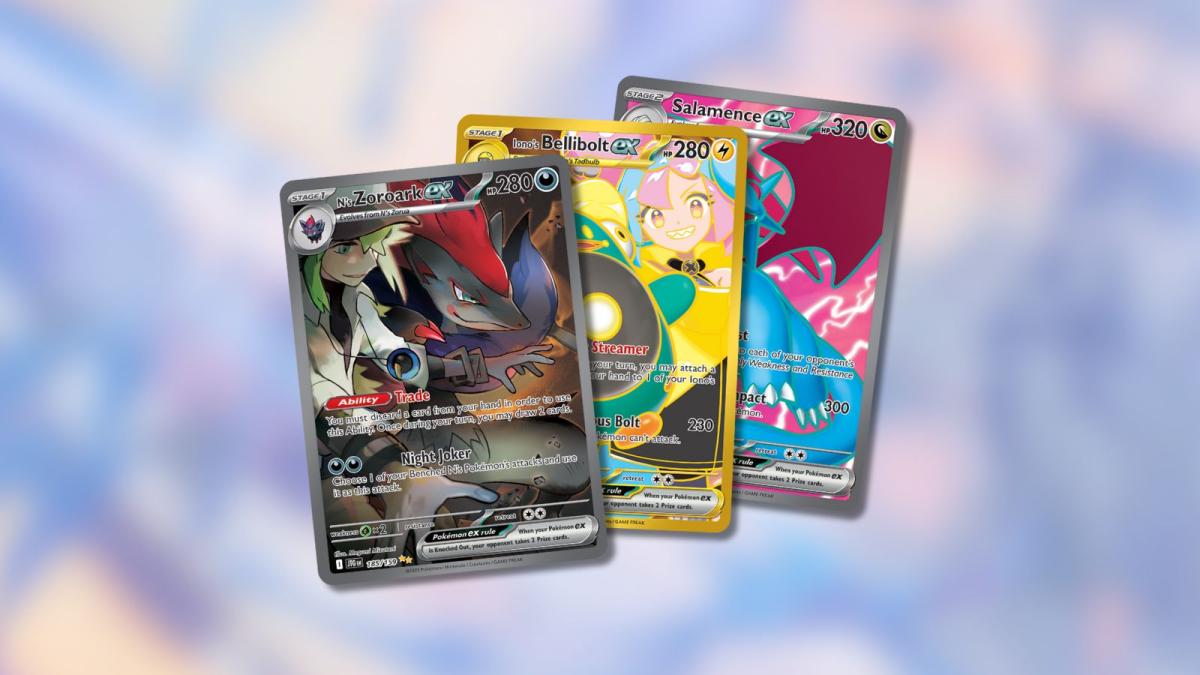
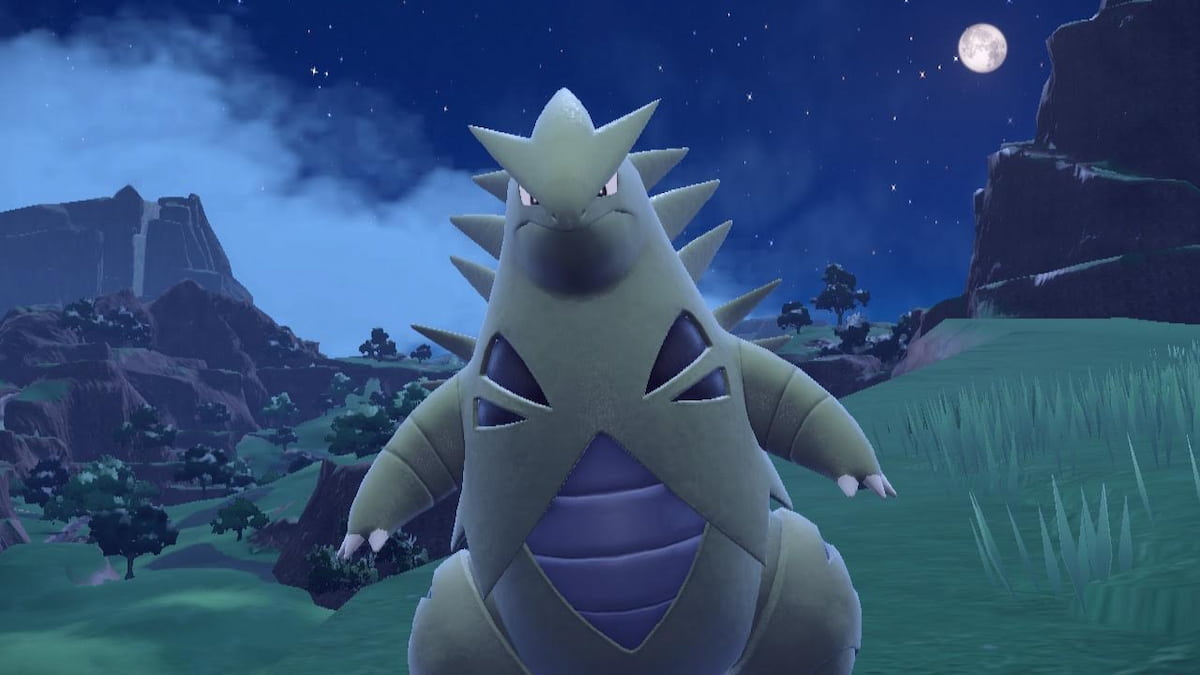
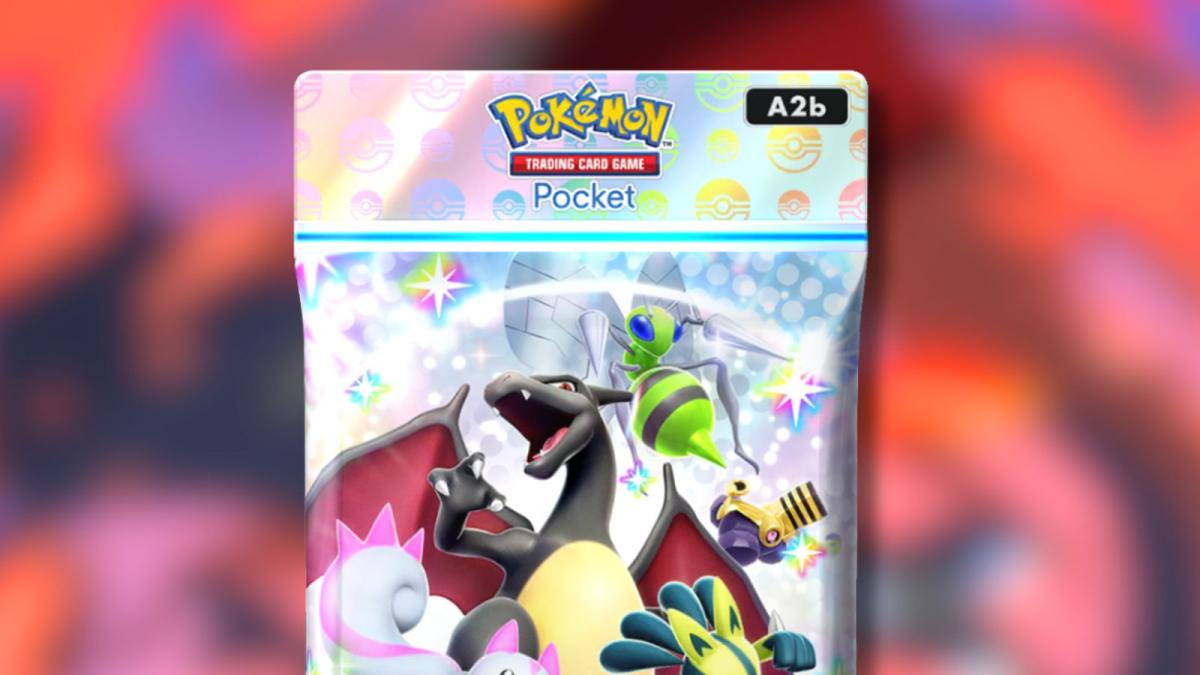
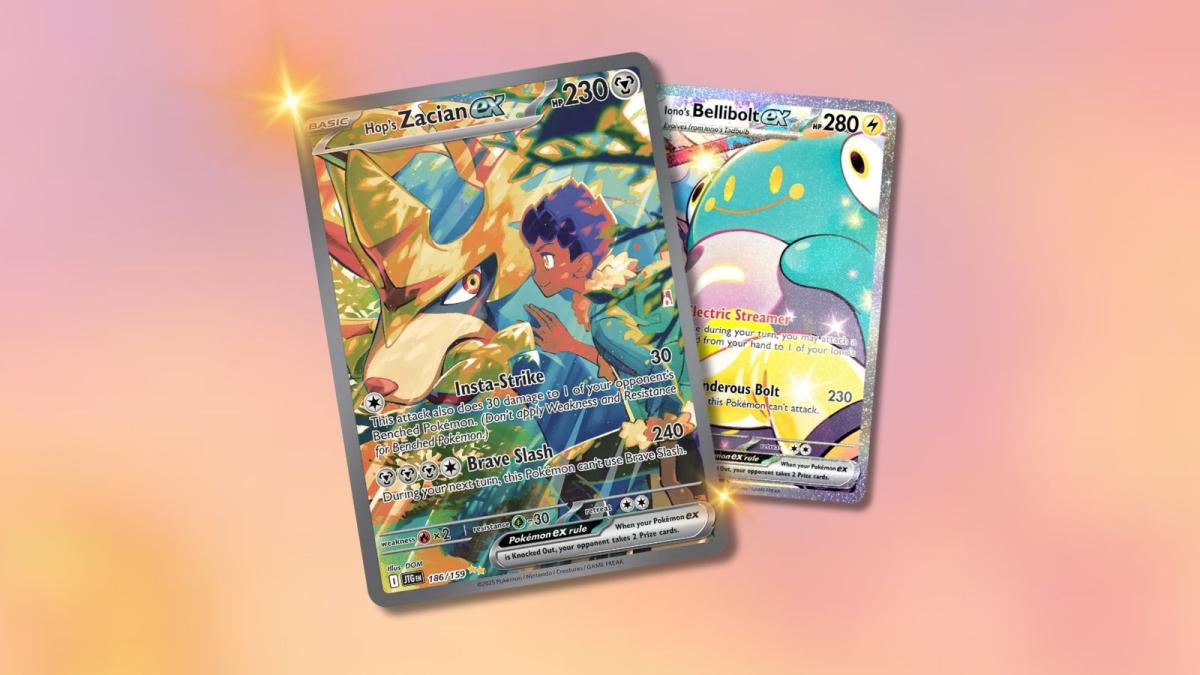
Published: Mar 13, 2023 05:20 pm